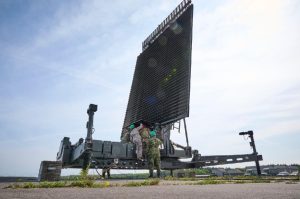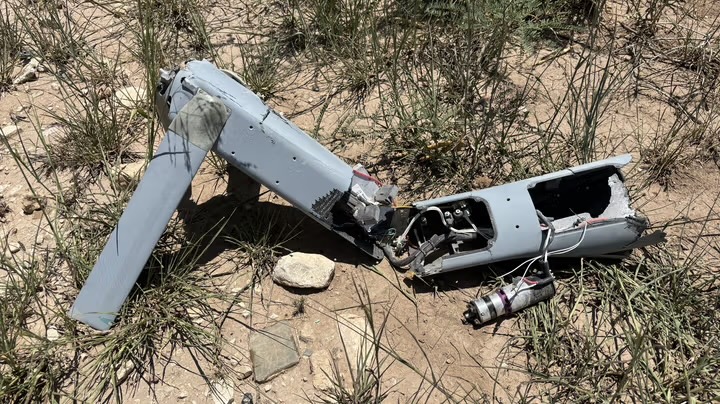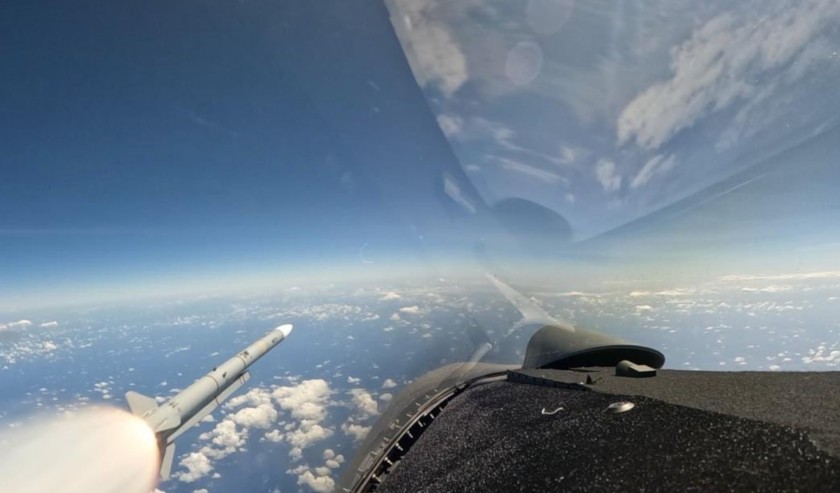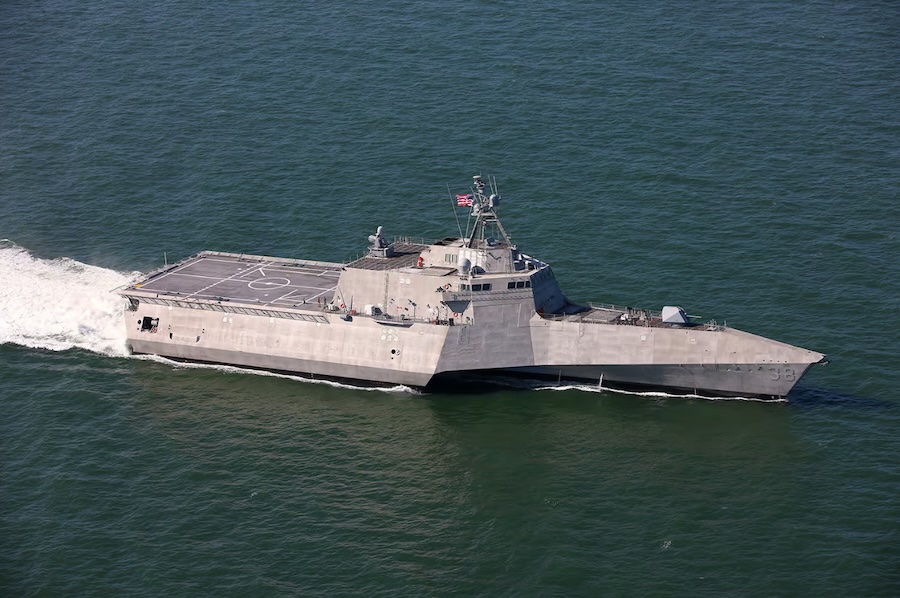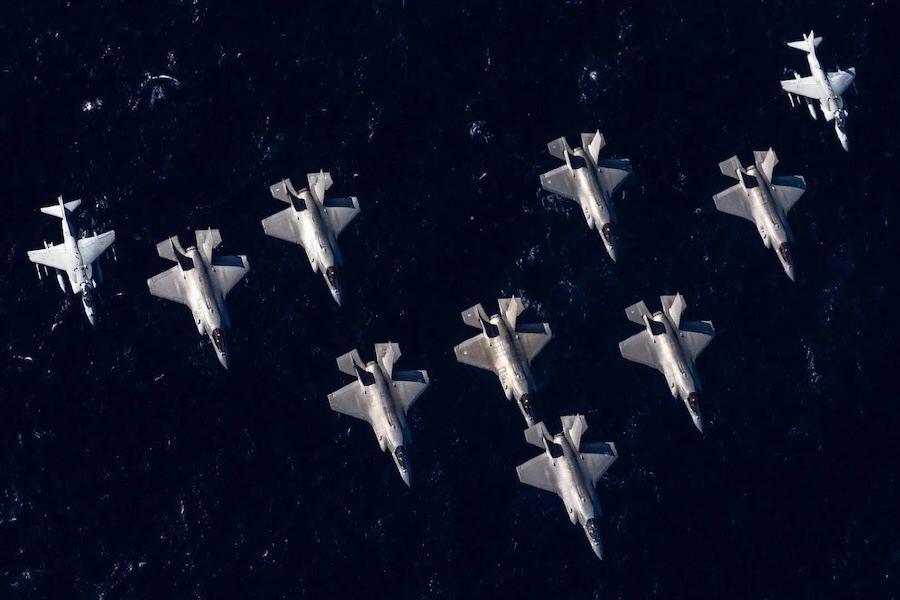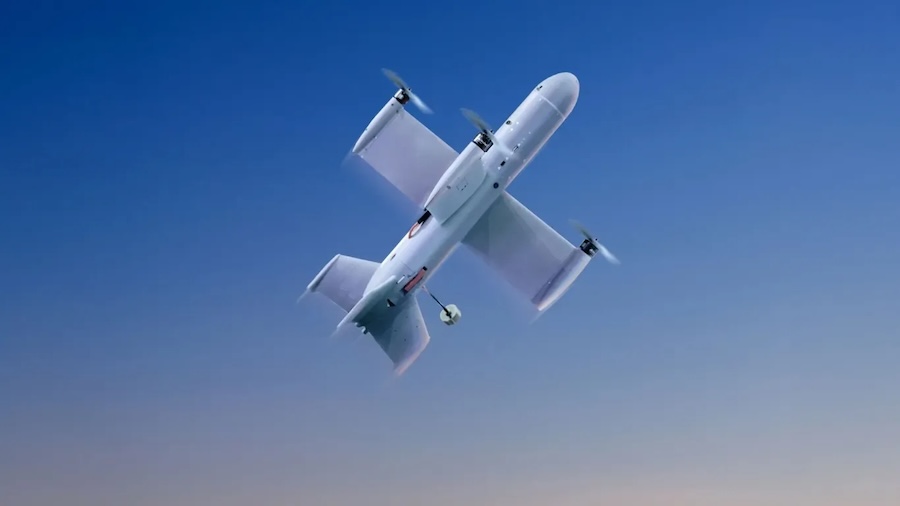Although absent from the formal agenda, the project was a recurring theme in side conversations among industry representatives. Executives based in Alabama, including Raymond Sharp of Northrop Grumman’s Huntsville operations, pointed to the likelihood of Golden Dome involving expanded capacities and innovative system integration. Pentagon officials, however, imposed a communications blackout: a scheduled panel on the initiative was cancelled, and Missile Defense Agency Director Lt. Gen. Heath Collins referred to it only obliquely as “You Know What.”
Agency officials emphasised a broader shift in strategic defence priorities. Dan Poskey of the Missile Defense Agency highlighted the move beyond a traditional focus on Iran and North Korea to include near-peer competitors such as China and Russia, fundamentally altering the scope of missile defence planning.
Defence contractors used the occasion to underline their readiness to support such an initiative. Lockheed Martin’s Johnathon Caldwell noted how existing systems, including THAAD, Aegis and PAC-3, illustrate layered approaches that could underpin the Golden Dome framework. Similarly, Parsons Corp’s James Johnson suggested that the project may largely involve expanding current systems—sensors, interceptors and command networks—drawing upon lessons from recent conflicts in the Middle East and Eastern Europe.
The Alabama Reflector article further noted Alabama’s central role in missile defence development. Raytheon is expanding its presence at Redstone Arsenal, while Huntsville-based Dynetics, a subsidiary of Leidos, is working under a $670 million Army contract on hypersonic glide body technology. Such developments may be relevant if the Golden Dome project incorporates space-based interceptors, though details remain undisclosed.
Source: Alabama Reflector.









